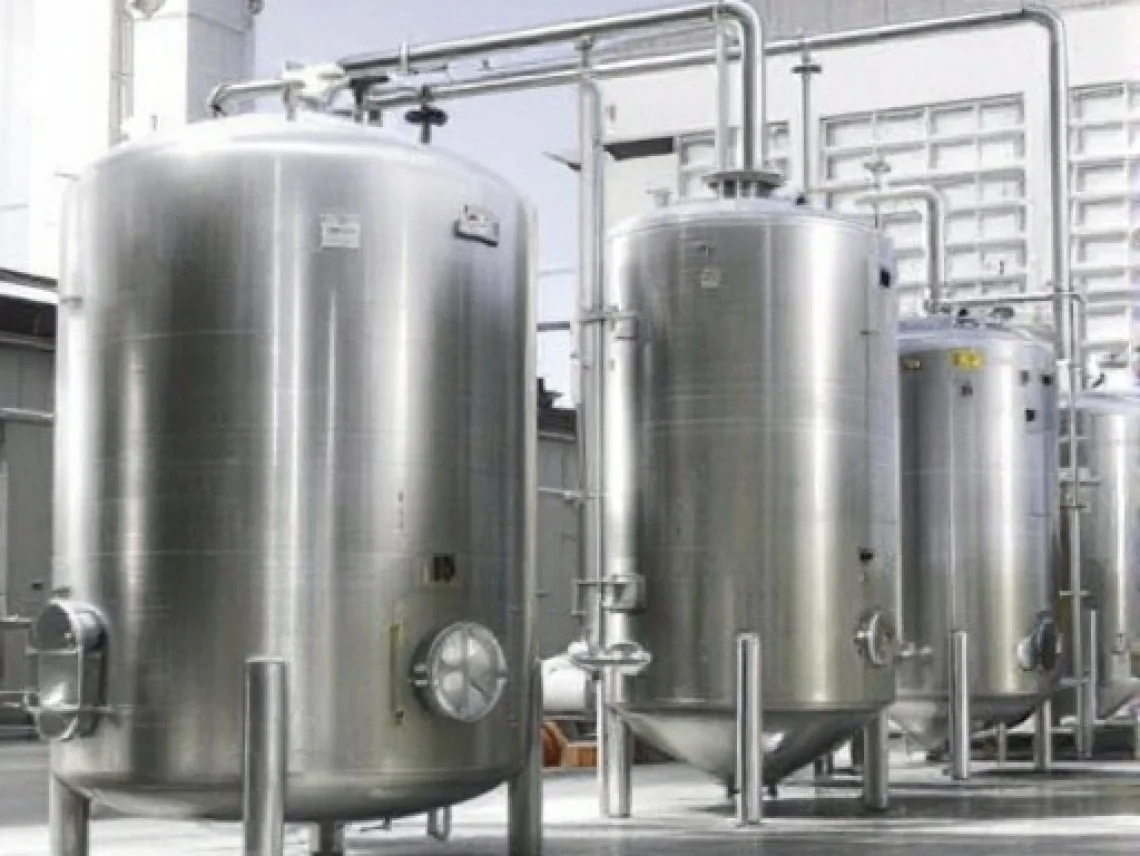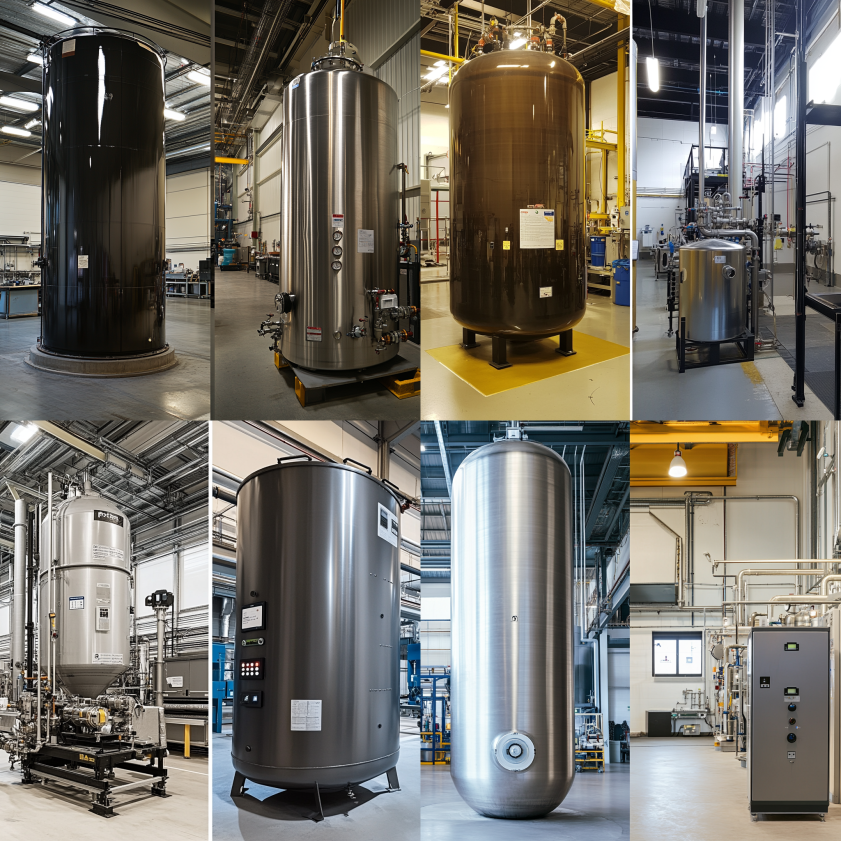
Table of Contents
ToggleA 40 gallon pressure tank is used in residential and light commercial systems to stabilize water pressure and reduce pump wear. A pressure vessel, by contrast, is a heavy-duty container built for high-pressure industrial processes, like chemical manufacturing or oil refining. The main differences lie in pressure tolerance, construction standards, safety features, and cost. Choose a pressure tank for system stability; choose a pressure vessel for intense, high-pressure containment.
When it comes to industrial and residential applications, choosing the right type of pressure system is essential. In this guide, we will explore the differences between a 40 gallon pressure tank and a pressure vessel, helping you make an informed decision for your system’s needs. While these terms are often used interchangeably, there are key distinctions that affect functionality, safety, and overall efficiency.
When choosing between a 40 gallon pressure tank and a pressure vessel, it’s important to understand the specific role each plays in your system. While both devices are designed to handle substances under pressure, their operational goals, construction standards, and uses vary widely, especially when it comes to systems that require consistent output and stability.
Understanding the key differences between a 40 gallon pressure tank and a pressure vessel ensures better performance, enhanced safety, and greater system longevity.
Both pressure tanks and pressure vessels manage substances under pressure, but each serves distinct functions. A 40 gallon pressure tank is commonly used in water supply systems to stabilize pressure and reduce pump cycling, while a pressure vessel is a larger, more robust containment system for high-pressure environments such as chemical processing plants or oil refineries.
A 40 gallon pressure tank is designed for applications where maintaining stable pressure is critical. These systems are commonly used in:
A 40 gallon pressure tank serves the purpose of reducing the cycling of pumps by storing pressurized fluids and releasing them at a consistent rate. This provides the necessary stability to keep systems running smoothly without overburdening the pump.
In contrast, a pressure vessel is used to store gases or liquids under high pressure and is built to withstand significant internal reactions and temperature changes. These vessels are essential in:
Pressure vessels are designed to handle more demanding conditions than pressure tanks, with advanced safety features and thicker walls to ensure structural integrity under intense pressure.
Understanding the design and construction differences between a 40 gallon pressure tank and a pressure vessel is essential for system design and safety.

A 40 gallon pressure tank is typically smaller and simpler in design compared to a pressure vessel. Key features include:
Pressure vessels, used for higher-pressure applications, feature:
When deciding between a 40 gallon pressure tank and a pressure vessel, consider the following factors:
The materials used in a 40 gallon pressure tank differ significantly from those used in pressure vessels:
A 40 gallon pressure tank requires simple maintenance, including:
Pressure vessels demand regular inspection to ensure compliance with ASME and local safety standards. This includes non-destructive testing (NDT), pressure testing, and detailed record-keeping. Pressure tanks also require maintenance, but generally on a simpler scale, such as checking air charge and ensuring no leaks or corrosion.
Understanding the difference between a pressure tank and a pressure vessel is essential for engineers, operators, and facility managers who work with pressurized systems. While the two components may share visual similarities and sometimes serve overlapping functions, their purpose, pressure ratings, construction standards, and safety considerations differ widely.
In short:
Selecting the right type not only improves system performance but ensures compliance with safety codes, protecting both personnel and infrastructure.
Technically, yes. A 40 gallon pressure tank falls under the broader category of pressure vessels. However, it is typically used for lower-pressure and more specific applications.
Yes, a 40 gallon pressure tank is ideal for residential water systems, especially those connected to private wells, where it helps maintain steady water pressure.
With proper maintenance, a 40 gallon pressure tank can last 5-15 years, depending on quality and usage.
Yes, most industrial pressure vessels require ASME certification to ensure they meet the necessary safety standards for high-pressure environments.
While rare, a 40 gallon pressure tank can rupture if improperly maintained. Regular checks for pressure settings and corrosion can help prevent this risk.
A skid package is a pre-engineered system that often includes a pressure vessel, pumps, piping, and control panels, mounted on a transportable frame. These are used in industries like oil, gas, and chemicals.
Industries such as petroleum refining, chemical manufacturing, power generation, and food & beverage sterilization heavily rely on pressure vessels.
Industries such as:
…all rely heavily on custom-engineered pressure vessels.
Table of Contents
ToggleIn the realm of industrial solutions, Red River emerges as a pioneer, offering a diverse range of custom-engineered products and facilities. Among our specialties is the design and production of Custom/OEM Pressure Vessels, meticulously crafted to meet individual client requirements, ensuring performance under various pressure conditions. Our expertise extends to the domain of prefabrication, where Red River leads with distinction.
The company excels in creating prefabricated facilities, modules, and packages, reinforcing its stance as a forerunner in innovation and quality. This proficiency is further mirrored in their Modular Skids offering, where they provide an array of Modular Fabricated Skid Packages and Packaged equipment. Each piece is tailored to client specifications, underlining their commitment to delivering precision and excellence in every project they undertake.